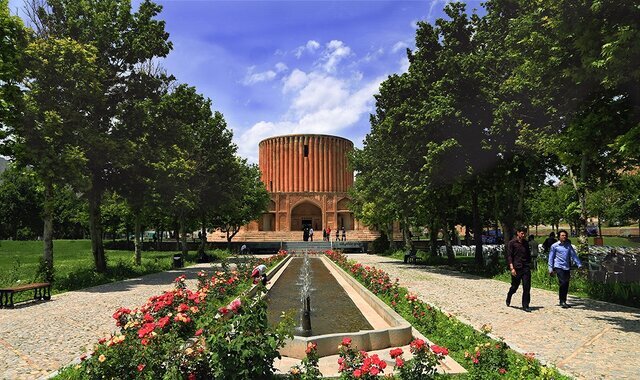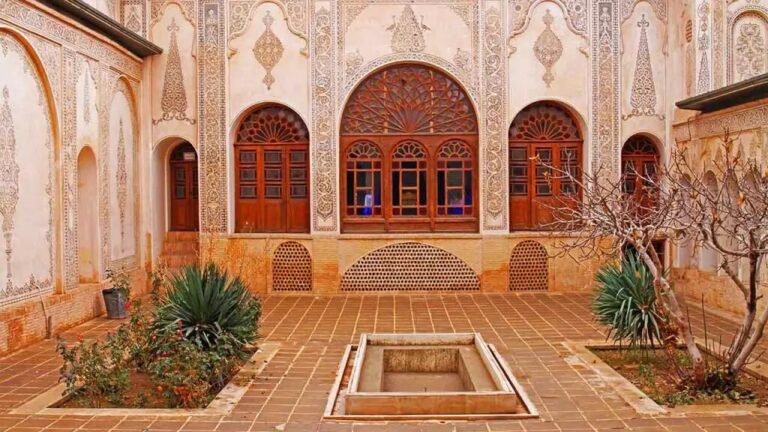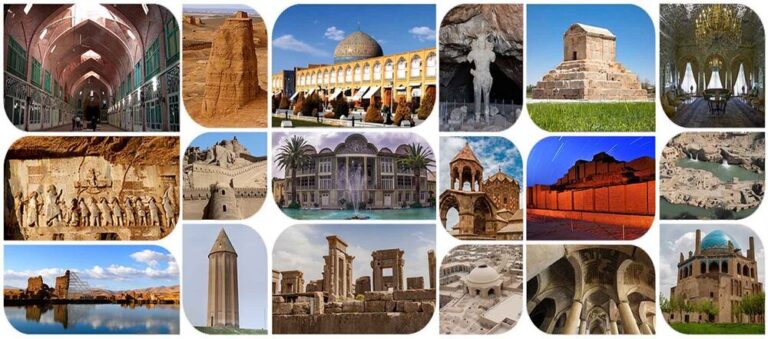Iran’s Kalat and Turkey’s Konya Seek Sisterhood: A Proposal for Cultural Unity
In a recent development that highlights cultural diplomacy, the caretaker of the Kalat Governor Office, Abolfath Lashkari, announced a proposal for sisterhood ties between Kalat, Iran, and Konya, Turkey. This initiative aims to foster cultural cooperation between the two nations, as reported by ISNA.
Lashkari expressed optimism about the potential Kalat-Konya sisterhood agreement, citing it as a significant step towards enhancing bilateral relations. He stated, “We have totally given proposals for sisterhood agreements with three other Turkish cities. We hope that the follow-ups will be successful as soon as possible. But if we do not reach a conclusion, we will raise the issue of sisterhood with the Hezar Masjed district given its pristine nature.”
In addition to Konya, Lashkari mentioned that there are other Turkish cities of interest for potential sisterhood agreements, including:
- Erzincan: This city shares historical significance with Kalat, as both cities have roots in the Afshar tribe, which played a crucial role in the formation of the Safavid government.
- Horasan: Located 250 km from the Bazargan border, Horasan’s ancestry also ties back to Khorasan, reinforcing cultural connections between the regions.
- Igdir: Situated in the northeast of Turkey, Igdir mirrors Kalat in its natural and ethnic diversity, being home to a population that predominantly speaks Azerbaijani Turkish.
Highlighting the significance of Kalat, Lashkari described it as a “city of history and nature.” He emphasized that one of its key potentials lies in its handicrafts. To attract investors and tourists, he pointed out that infrastructure development, particularly roads, is essential. He mentioned that approximately 1,120 billion rials (about $1.2 million) has been allocated for the enhancement of the Mashhad-Kalat Road.
Among Kalat’s historical treasures is the Qasr-e Khorshid (“the Sun Palace”), an 18th-century structure that served as a residence for Nader Shah of Persia (1688–1747). Nader Shah, often referred to as the “Napoleon of Iran,” established a vast empire that extended from northern India to the Caucasus Mountains. The palace, known as Kalat-e Naderi, currently functions as an anthropology museum and a unique travel destination within the Khorasan Razavi province.
The Qasr-e Khorshid features a striking exterior marked by a circular fluted shape and a cylindrical tower supported by 66 columns. It consists of:
- 12 elegantly decorated rooms with paintings and intricate plaster moldings.
- A stunning garden adorned with eight pools, connecting streams, and fountains.
While the palace was intended to be a tribute to Khorshid, one of Nader’s wives, it remains incomplete due to the chaotic circumstances surrounding Nader Shah’s sudden demise. The exterior panels of the palace are embellished with unique pineapple and pear motifs, suggesting the possibility of foreign artisans being commissioned for its construction, a rarity for that era in Khorasan.
Historical records also indicate that the Qasr-e Khorshid served as a residential headquarters during the early Qajar era (1785 to 1925). Nader Shah is remembered as one of the most formidable rulers in Iranian history, having risen to power during a tumultuous period marked by chaos.
As the proposal for sisterhood ties between Kalat and Konya unfolds, it is poised to strengthen cultural and historical connections between Iran and Turkey, paving the way for further collaboration and mutual understanding.






